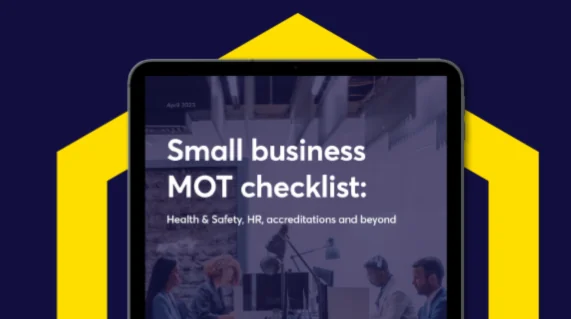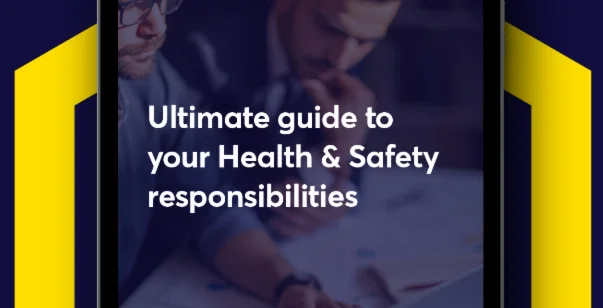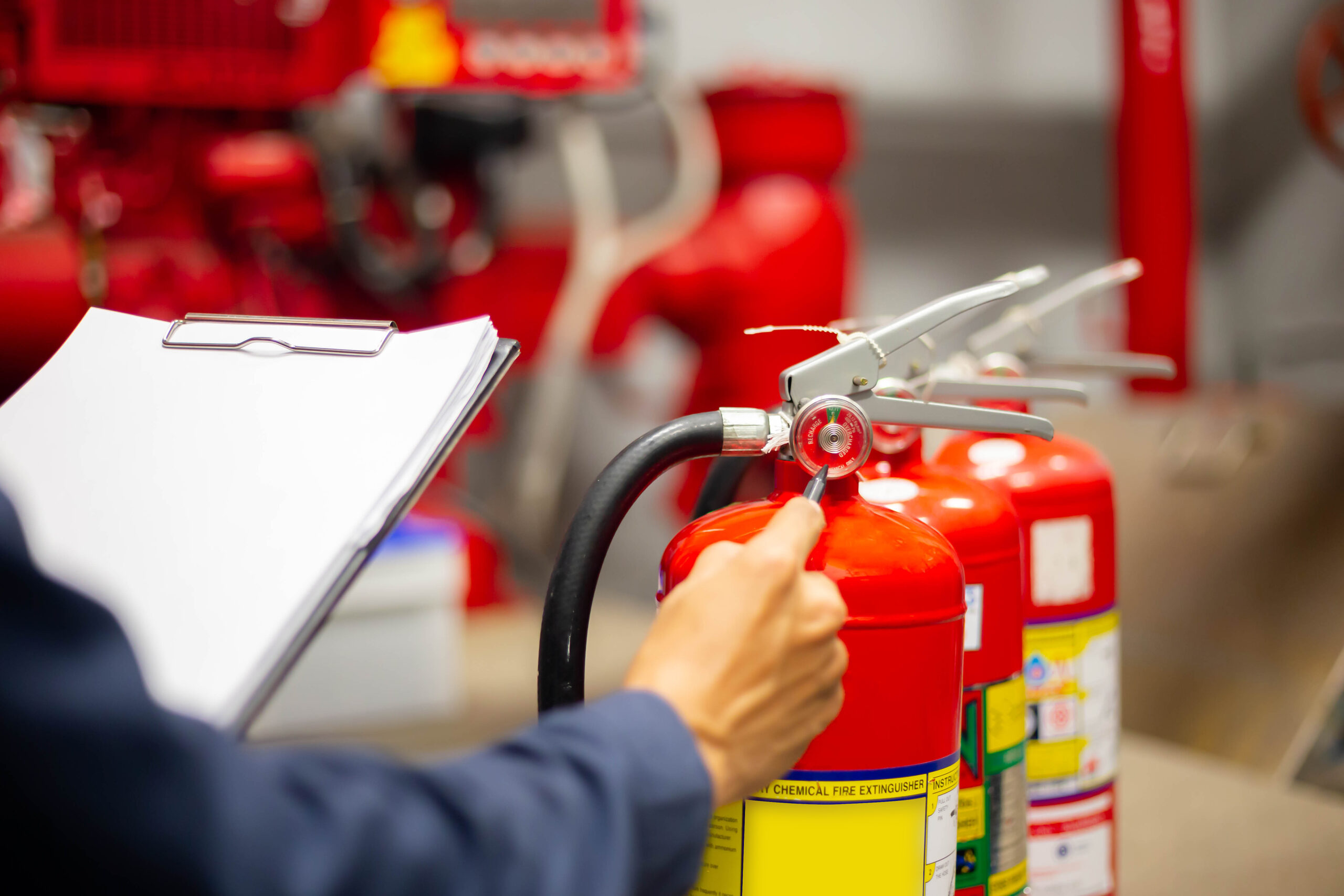As Health & Safety evolves across all industries and sectors, the safety of workers and the public is paramount. Keeping your employees and any public visitors safe in the workplace is key.
Risk assessments and method statements are two essential tools that you can utilise to maintain Health & Safety. They play an important role in defining Health & Safety policies, fostering a safety culture and protecting workers.
Knowing the legal requirements of risk assessments and method statements is important. It helps you to understand what to include to remain compliant. Need a helping hand? We’ve got you covered!
The importance of risk assessments for Health & Safety
Risk assessments are the cornerstone of any Health & Safety framework. They help to:
- Identify potential hazards
- Evaluate risks
- Implement sufficient control measures
The risk assessment process goes beyond legal compliance – it prevents accidents, injuries and even fatalities. For a business owner, a comprehensive risk assessment means a safe working environment and less risk of financial and reputational consequences if something goes wrong.
Are risk assessments a legal requirement?
Any employer or self-employed person is legally required to assess risks within the workplace. This doesn’t just include assessing risks for those you employ, you also need to consider anybody affected by the type of activity or work being undertaken.
The responsibility lies with you as an employer, but this doesn’t mean that you need to carry out the risk assessment yourself. You can enlist the help of a qualified Health and Safety advisor or manager to carry out the risk assessment, or you can use an extensive template that lists all the things to consider as your risk assessment guide.
What legislation covers risk assessments?
The following key pieces of legislation emphasise the need to carry out thorough risk assessments, so you can stay compliant.
- Health and Safety at Work Act 1974 – This is the core Health and Safety law in the UK, and it places a legal duty on employers to ensure the health, safety, and welfare of their employees.
- Management of Health and Safety at Work Regulations 1999 – This legislation requires you to assess risks for employees and others arising from work activities. It also requires you to implement preventive and protective measures identified through risk assessments.
- Workplace (Health, Safety and Welfare) Regulations 1992 – These regulations emphasise the importance of maintaining a safe and healthy working environment. Risk assessments help to do this by identifying potential hazards and making sure all regulations are complied with.
- COSHH (Control of Substances Hazardous to Health) Regulations 2005 – COSHH is a guiding principle to assess and control exposure to hazardous substances. COSHH risk assessments help identify potential risks associated with these substances and help employers implement control measures.
- Control of Vibration at Work Regulations 2005 – These regulations address the risks associated with exposure to vibration at work. Risk assessments in this area help employers evaluate the potential impact of vibration on workers and determine any protective measures.
Method statements – are they also a legal requirement?
Risk assessments focus on identifying and mitigating hazards, but method statements go into the specifics of how tasks can be carried out safely. Method statements outline the step-by-step procedures, materials, and equipment necessary for each task.
Unlike risk assessments, method statements are not a legal requirement in themselves, but they often go hand-in-hand with risk assessments to make sure safety measures are being implemented effectively.
Are method statements as important as risk assessments?
Whilst method statements and risk assessments differ in their legal status, they offer the same protections for workplace safety. Method statements provide a structured approach to carrying out tasks safely. They ensure the risk mitigation strategies identified in risk assessments are being implemented properly and effectively.
Using a combination of risk assessments and method statements offers a range of benefits including:
- Confidence in your business safety protocols.
- Improved communication between teams and managers.
- Demonstrates to clients your commitment to Health and Safety and employee welfare.
- Win commercial contracts and tender for lucrative work to grow your business.
Check out our wide selection of risk assessments and method statements…
At HS Direct, we’re as committed as you are to creating safer work environments, helping you make sure you’re compliant with all your legal obligations. So, our Health & Safety experts have created an extensive range of risk assessments and method statements designed for all industries and all types of work.
Whether you’re a plumber, a beautician, a tree surgeon or a cleaner (or anything in between), we’re here to make sure your business has the tools it needs to meet the highest standards of Health & Safety compliance. And if we don’t have what you’re looking for? Just download our blank risk assessment or our blank method statement template and tailor it to your needs.
Explore our comprehensive range of risk assessments and method statements today, and start your journey towards compliance and growing your business!








